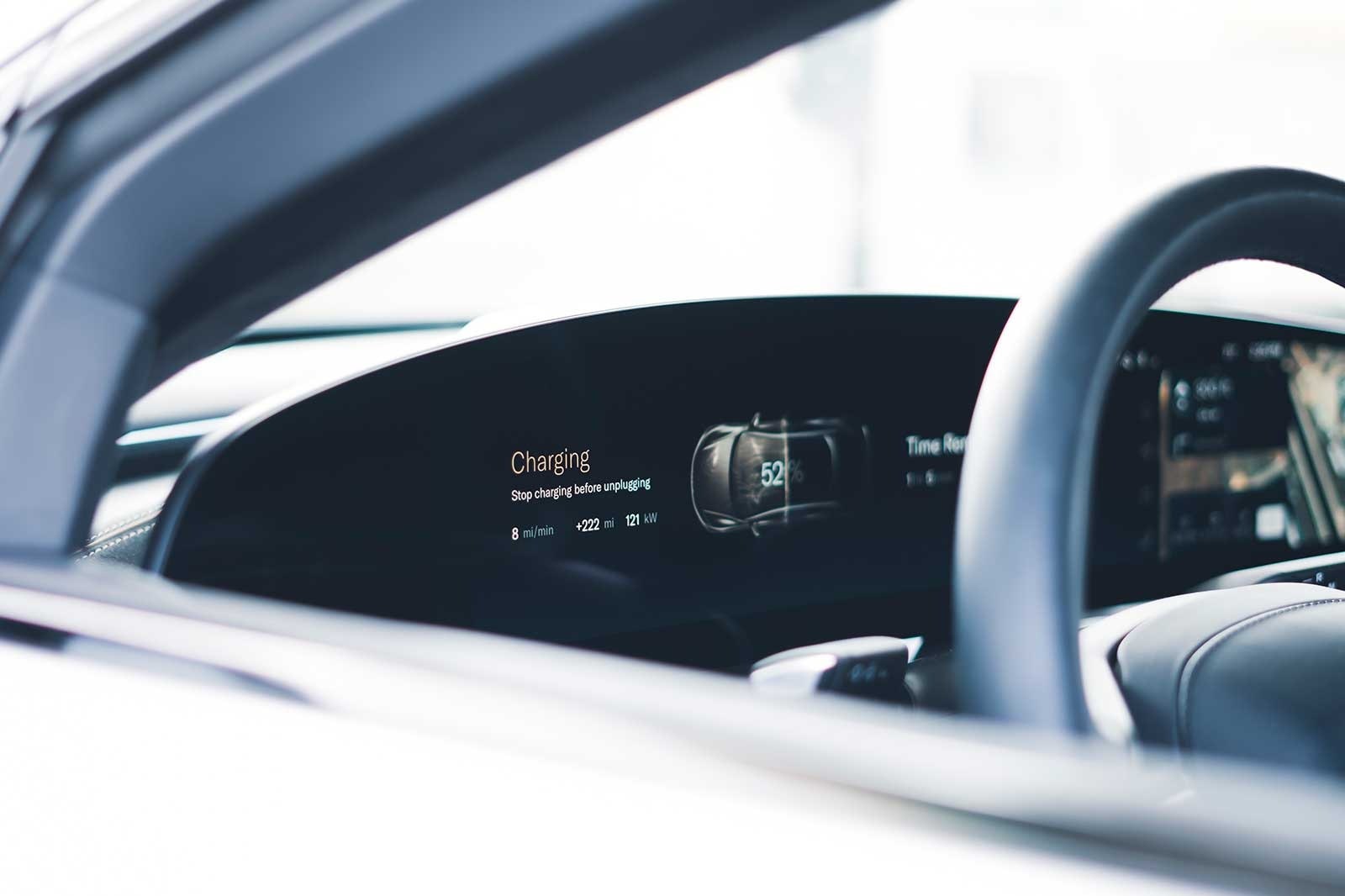chinesejpl
Active Member

Edmunds EV Charging Test: How fast does each EV charge? | Edmunds
How quickly can an EV put range back into its battery during charging? Edmunds performs its real-world testing to find out.
www.edmunds.com
Interesting article about REAL WORLD charging speeds for different EVs. The data I find most helpful to me is how fast a car can add 100 real world miles (rather than 100 miles that the car says it adds but may only represent 70 driven miles). Although I'm disappointed to see lucid so far down the list, I'd have to admit that this has been my experience with my AGT. What I wasn't aware of is the 11% energy loss I was incurring even when DC fast charging! It's one of the highest losses for any of the cars they tested. The Porsche taycan can charge 100 real world miles almost 3min faster than lucid which is pretty big (17min vs 23min to get to 200 miles). I know people will argue that lucid knows what they're doing and are aiming for longer battery longevity but if the average customer keeps their car for 4-5 years then does that customer actually care? I doubt I will keep my AGT longer than 4-5y!

